Can we use hand gestures to change how we feel? Neurological impact of mudras
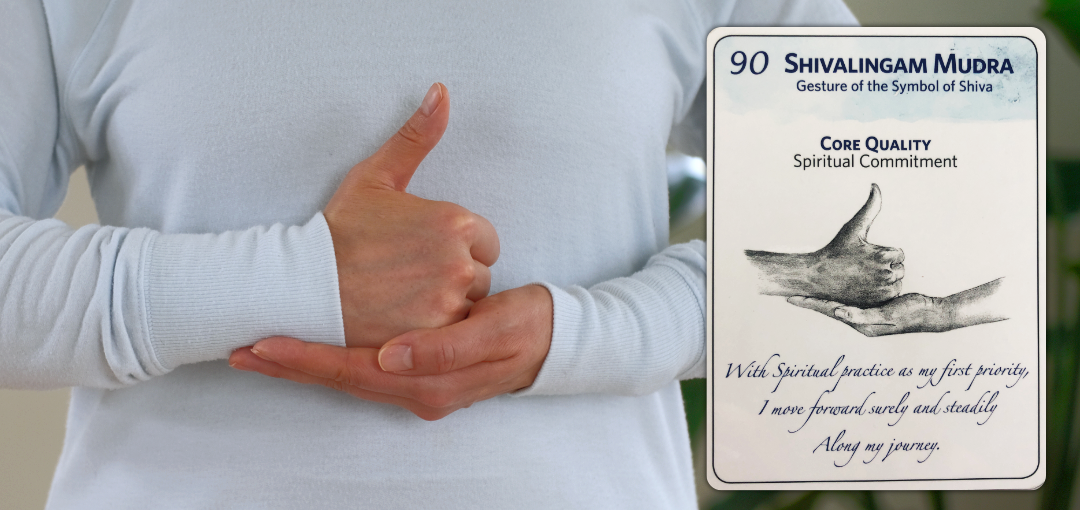
I noticed that when I start my day with news, social media, or to-do lists, the whole day is marked with a tinge of urgency and mild agitation. But if I start my day by turning inward and noticing my inner state, the day seems to run more smoothly, calmly, and joyfully. And I found that the best way to anchor my mind within is by using mudras.
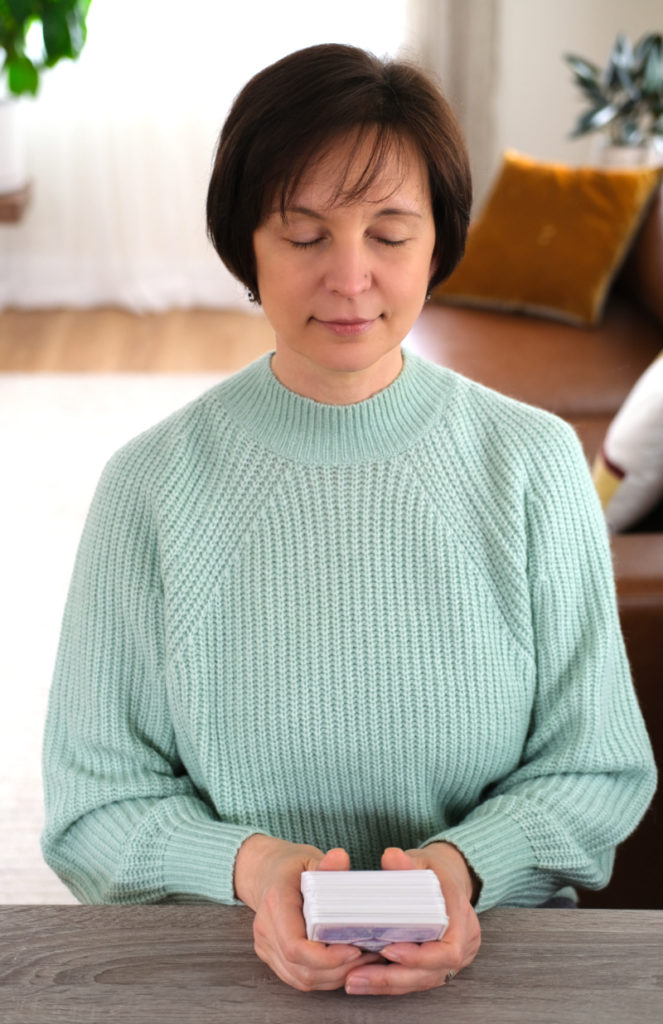 Mudras are specific hand gestures that are meant to have symbolic, energetic, and healing qualities. I like to start my day by holding a deck of mudra cards in my hands, closing my eyes, taking several deep breaths, and asking myself: “What do I need today?”. After 2-3 minutes like that, I pick a random mudra card from the deck. More often than not, the random card I pick seems to match the state that I am in. I’ve picked Headache Relief mudra when I was having a headache, Fearlessness mudra when I was feeling defensive, Harmonious Life Transitions mudra when I was going through turbulent times. Sometimes, when I can’t even formulate what’s bothering me, the mudra card I pick seems to reflect my undefined state. After I pick a card, I fold my hands into the pictured mudra, close my eyes, and take twelve full, deep breaths, trying to embody the core quality of that mudra. Sometimes, images or sensations come up; sometimes, I just focus on my breath. And most of the time, once I open my eyes, the world seems brighter, bigger, friendlier and more manageable. Why does it work that way? What exactly are mudras meant to do? Let’s take a look.
Mudras are specific hand gestures that are meant to have symbolic, energetic, and healing qualities. I like to start my day by holding a deck of mudra cards in my hands, closing my eyes, taking several deep breaths, and asking myself: “What do I need today?”. After 2-3 minutes like that, I pick a random mudra card from the deck. More often than not, the random card I pick seems to match the state that I am in. I’ve picked Headache Relief mudra when I was having a headache, Fearlessness mudra when I was feeling defensive, Harmonious Life Transitions mudra when I was going through turbulent times. Sometimes, when I can’t even formulate what’s bothering me, the mudra card I pick seems to reflect my undefined state. After I pick a card, I fold my hands into the pictured mudra, close my eyes, and take twelve full, deep breaths, trying to embody the core quality of that mudra. Sometimes, images or sensations come up; sometimes, I just focus on my breath. And most of the time, once I open my eyes, the world seems brighter, bigger, friendlier and more manageable. Why does it work that way? What exactly are mudras meant to do? Let’s take a look.
The word “mudra” is usually translated from Sanskrit as lock or seal. According to the Sanskrit Heritage Dictionary, मुद्रा (mudrā) is formed from the root मुद् (mud) and the ending -र (-ra). The root mud means to be joyful, to be delighted. The ending -ra, means that which gives. Therefore, the word mudrā means “that which gives joy, delight”. Mudras have been present in religious traditions all around the world. Many religious deities are portrayed with specific hand gestures that are meant to communicate a certain message or quality. Mudras are used in performing arts, especially dance and spiritual practice.
According to the yoga tradition, mudras have multiple layers of meaning, including neurological, energetic, psychological, and symbolic. Today, we will focus on the neurological layer.
Neurological Impact of Mudras
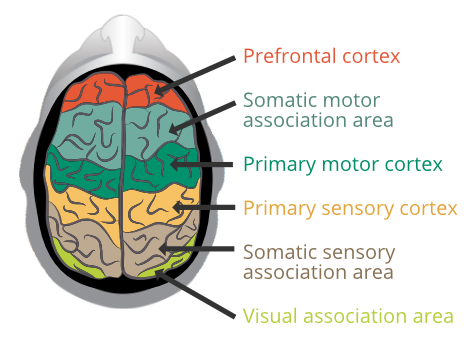 Our brain’s cerebral cortex is responsible for the majority of our intellectual functions and behavior. It is made up of three types of areas: sensory, motor, and association areas. The parts of the brain responsible for interpreting sensory information include the primary sensory cortex, visual cortex, auditory, and olfactory cortex. Sensory information about touch, pressure, proprioception, pain, and temperature from different parts of the body travels to the primary sensory cortex of the brain via somatic sensory pathways. Our sensations are localized, meaning that sensory information from the toes always arrives at one end of the cortex and information from the face at the other. The size of the area within the sensory cortex devoted to a particular body region is proportional to the number of sensory receptors it contains. Sometimes, you see the primary sensory cortex represented by a symbolic figure called a sensory homunculus. It’s a creature with a large face, lips, tongue, and hands because many more neurons are required to process sensory information from those areas than to analyze the sensations from the back, for example. The large parts of sensory homunculus indicate the body areas that are most complex sensation-wise. The area of the brain dedicated to processing sensory information coming from your hands is equal in size to the area of the brain dedicated to the sensations from the rest of the body (except the head).
Our brain’s cerebral cortex is responsible for the majority of our intellectual functions and behavior. It is made up of three types of areas: sensory, motor, and association areas. The parts of the brain responsible for interpreting sensory information include the primary sensory cortex, visual cortex, auditory, and olfactory cortex. Sensory information about touch, pressure, proprioception, pain, and temperature from different parts of the body travels to the primary sensory cortex of the brain via somatic sensory pathways. Our sensations are localized, meaning that sensory information from the toes always arrives at one end of the cortex and information from the face at the other. The size of the area within the sensory cortex devoted to a particular body region is proportional to the number of sensory receptors it contains. Sometimes, you see the primary sensory cortex represented by a symbolic figure called a sensory homunculus. It’s a creature with a large face, lips, tongue, and hands because many more neurons are required to process sensory information from those areas than to analyze the sensations from the back, for example. The large parts of sensory homunculus indicate the body areas that are most complex sensation-wise. The area of the brain dedicated to processing sensory information coming from your hands is equal in size to the area of the brain dedicated to the sensations from the rest of the body (except the head).
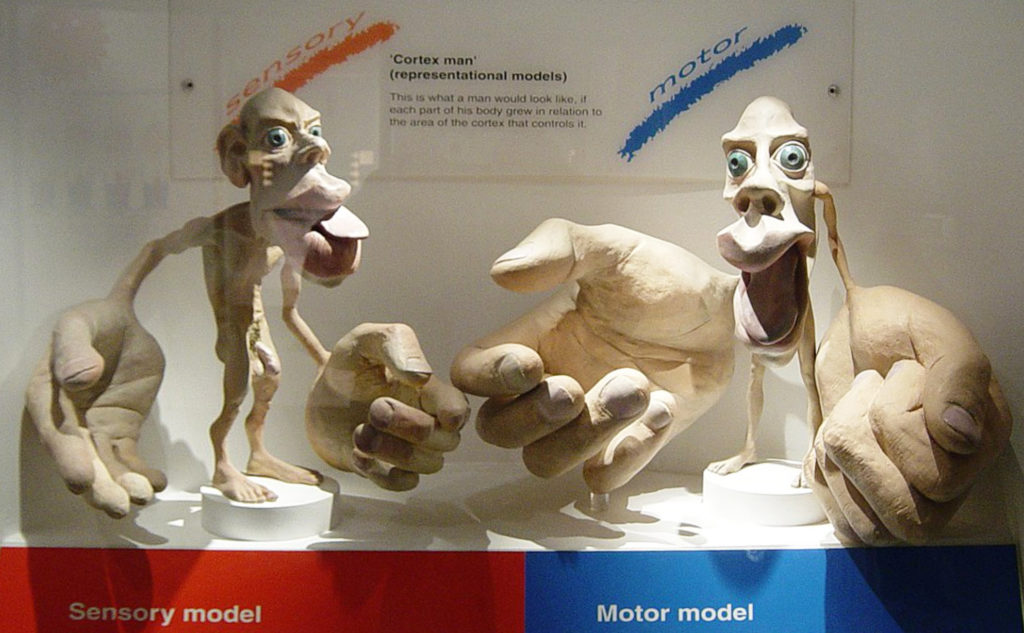
The motor areas of the cerebral cortex are involved in the initiation of movement. The area of the motor cortex that processes information about the movement of your hands is even bigger than the one in the sensory cortex. Another creature called motor homunculus demonstrates the parts of the body that have a higher degree of fine motor control. Here, again, the hands, face, and tongue appear large because they are capable of varied and complex movements, while the trunk is relatively small.
Association areas are spread throughout the cortex. They interpret incoming data from multiple brain regions and coordinate a response (motor and cognitive). They receive information from different senses and construct cognitive maps of one’s environment and one’s own body. They are involved in complex cognitive processes like language, artistic creation, decision-making, and even the formation of our personalities.
Our hands and fingers are highly sensitive to both touch and movement. By applying light pressure to specific spots on the hand and folding our fingers a certain way (like we do in mudras), we stimulate specific parts of the brain, which, in turn, affects our associations. This means that the kind of sensations and stimulation we receive through our hands and fingers can impact what we think, how we feel, and how we view the world. And in turn, we can consciously give meaning to our tactile sensations and the shapes that our fingers form. This is why mudras can be a powerful tool for affecting our mental state.
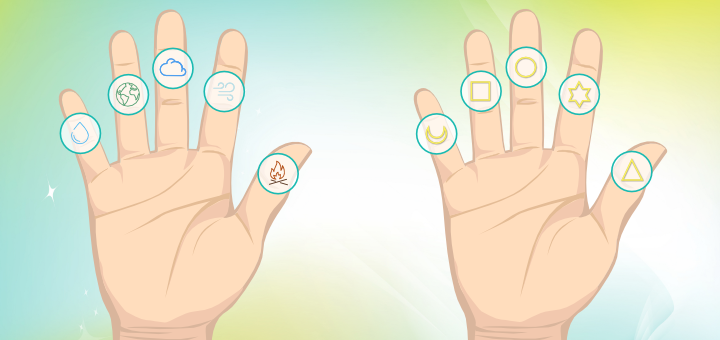
According to the yoga tradition, mudras have multiple layers of meaning, including neurological, energetic, psychological, and symbolic.

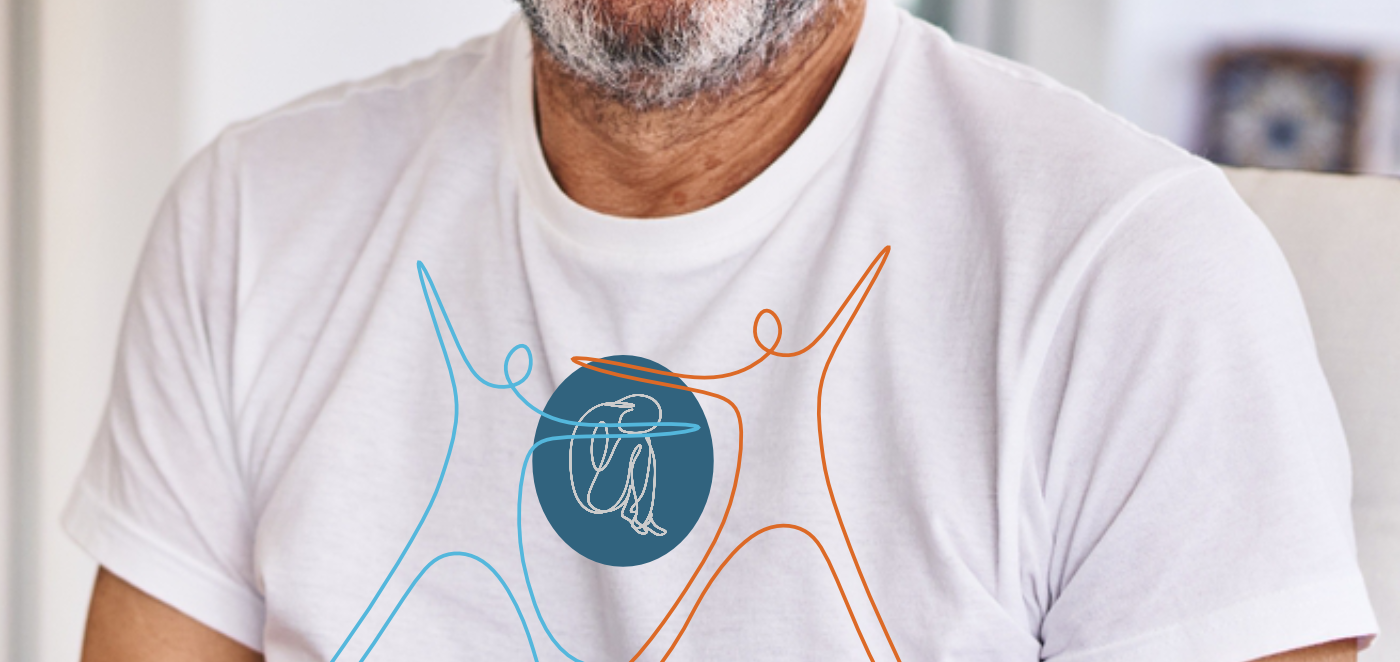

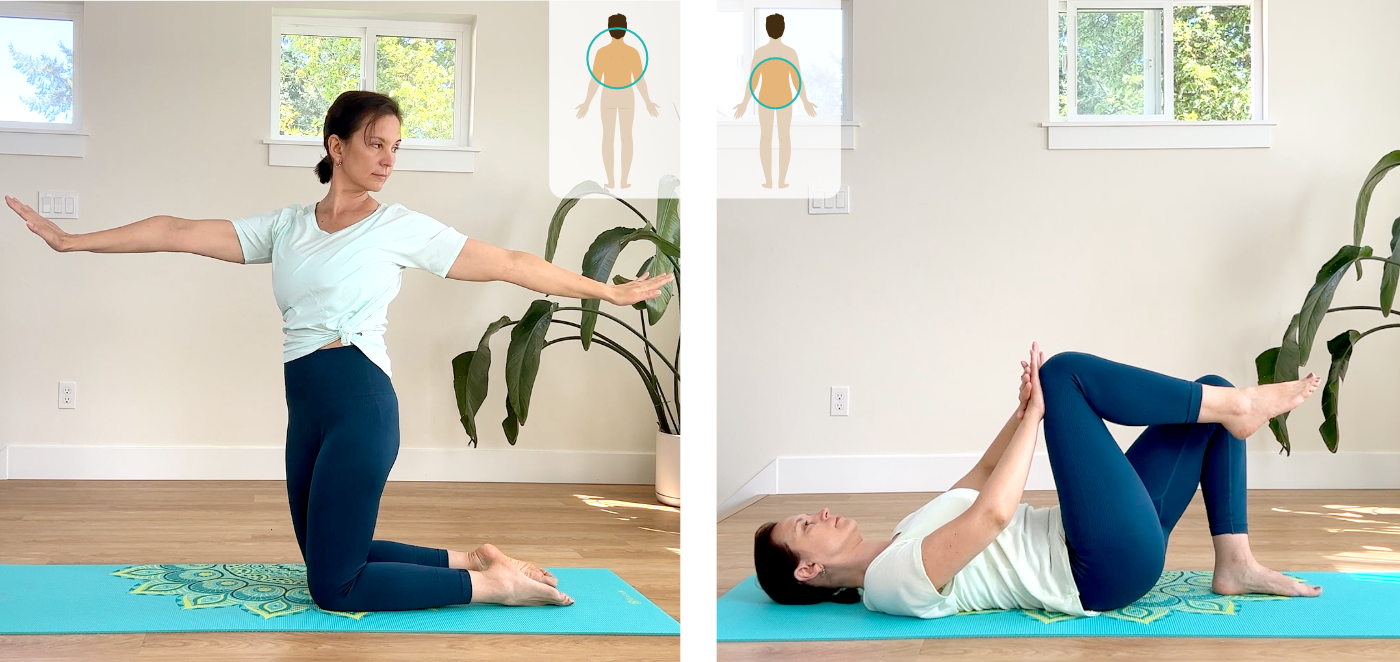
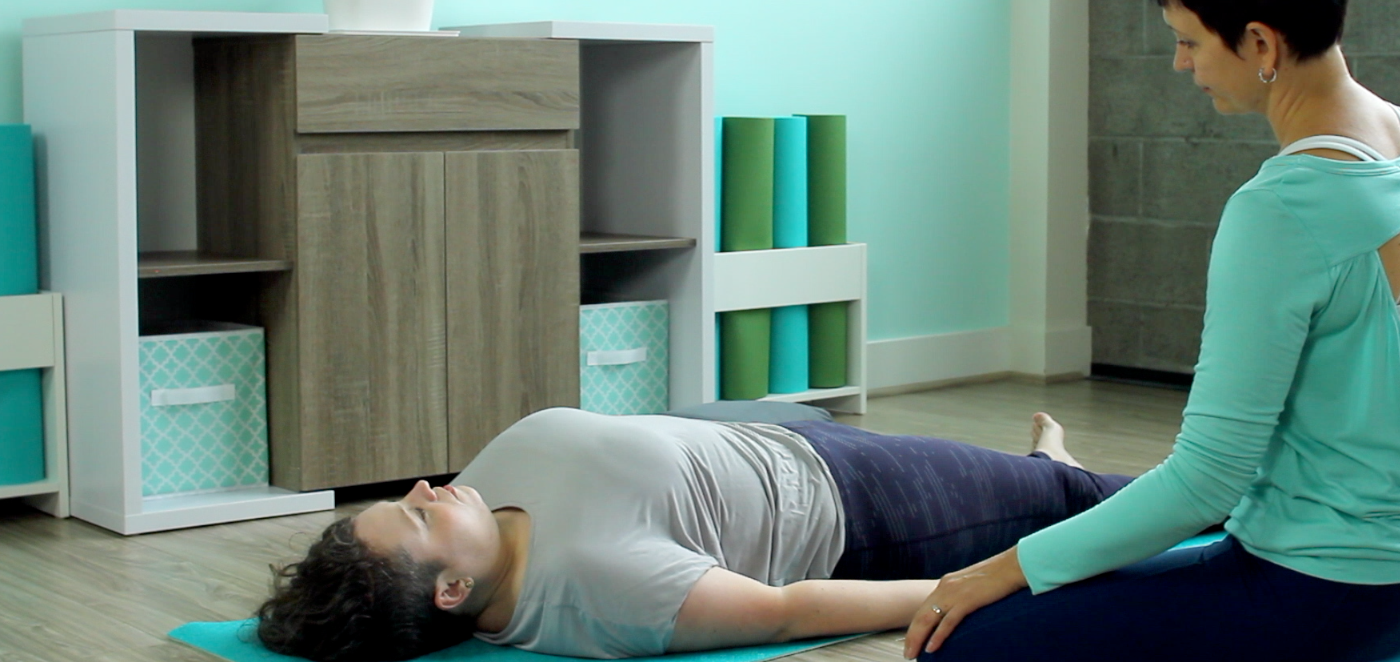
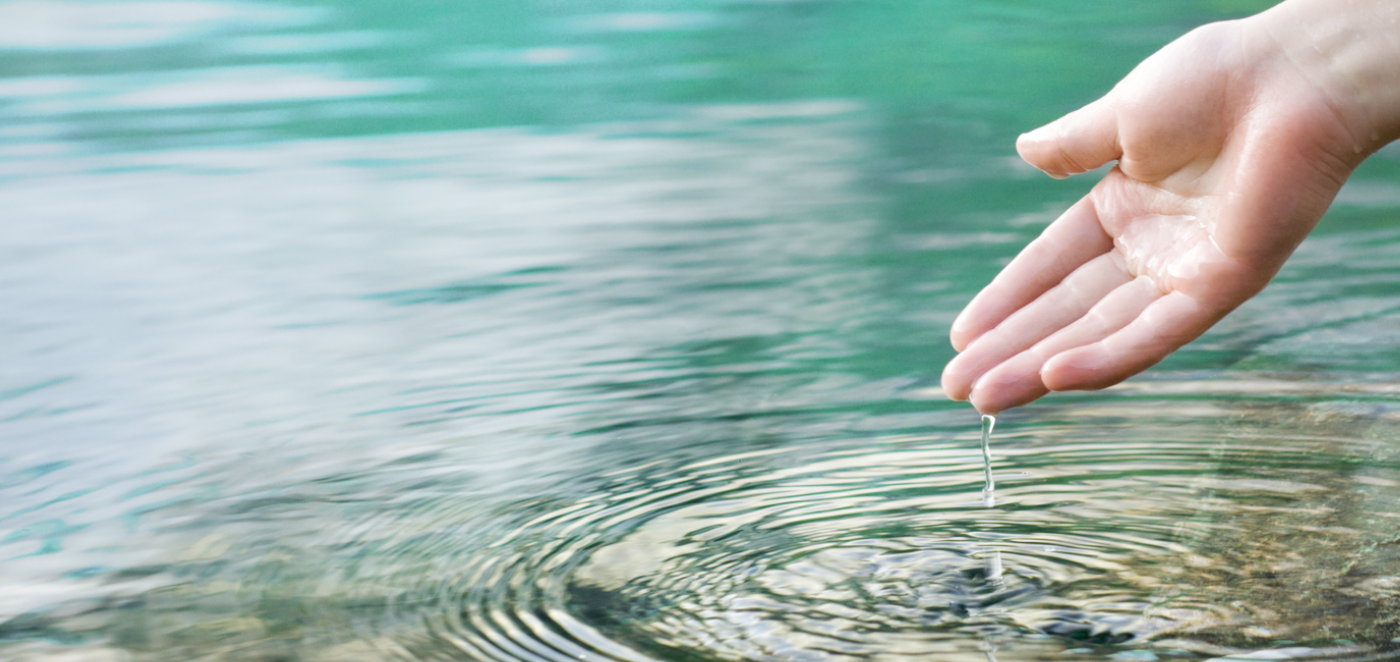
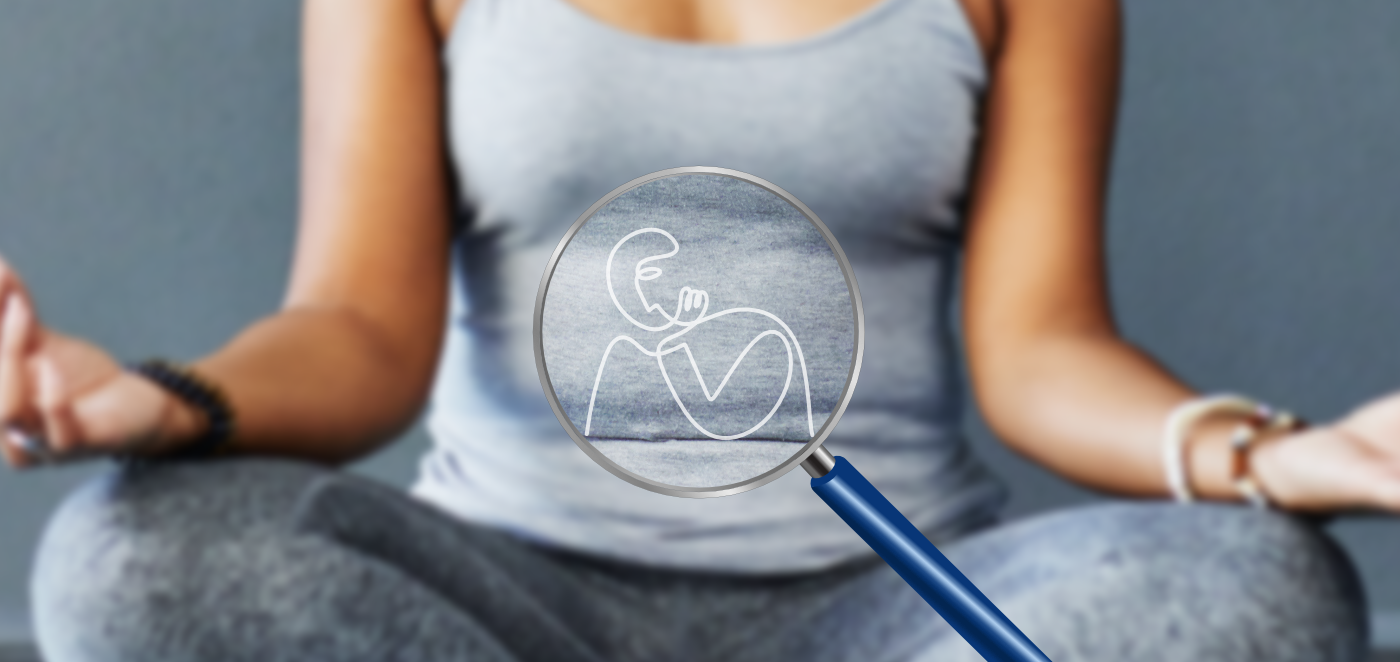
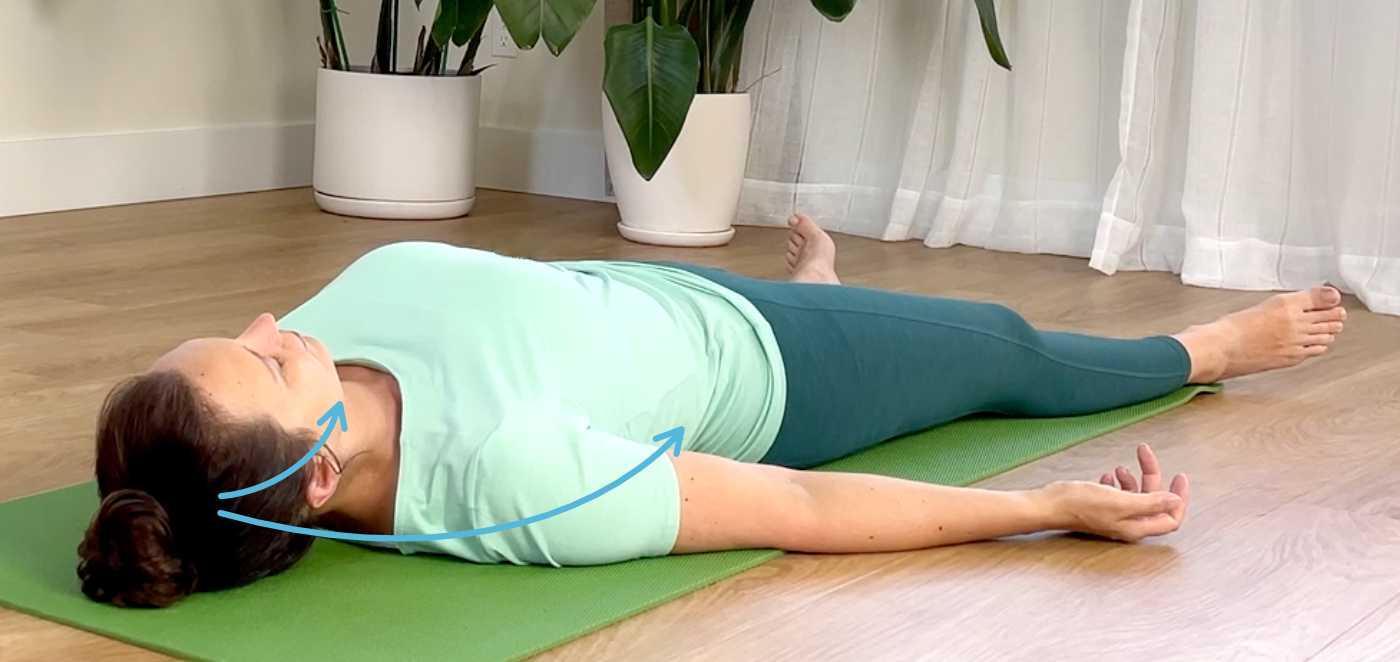
Olga, what a beautiful article! Your words really spoke to me. Which deck do you use?
Thank you Sally! I use this card deck. It’s meant to accompany a book, which I also have, but I personally find that I use the cards more often.
Thank you, Olga- I just ordered them! Your site is lovely and I always appreciate your articles.
I’d like to order those cards, who makes them?
Thank you.
Hi Josee! I got those cards from Integrative Yoga Therapy folks.
You are a wonderful source of information
Thank you for your sensitive approach to the variety of topics you share and also your clear writing style.
Thank you Lauren! This is wonderful to hear.
Thank you for this, I have shared this with my students as well. I use the LePage book daily. Now I would love to use the deck as well!
Thank you Katie! Isn’t the book inspiring? I love having that reference for my teaching!
Amazing article, thank you Olga. I used a couple of mudras in my classes tonight, inspired by you!
Olga thank you for sharing the benefits and how Powerful hand mudras can be in calming the mind whether we’re Introducing in the beginning of our day or the settling the mind to begin our yoga practice. Thank you for your continual energy and dedication in sharing your knowledge